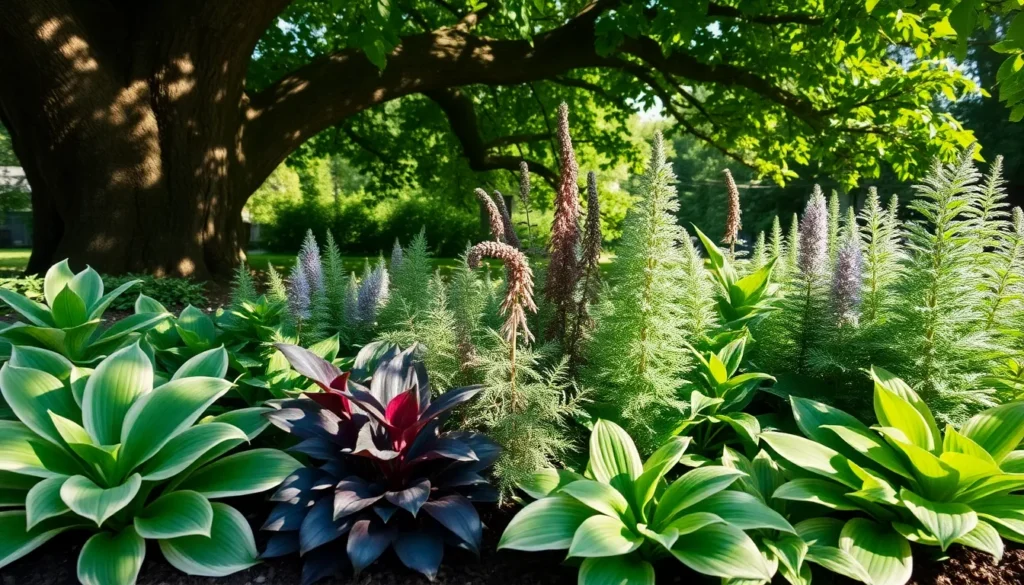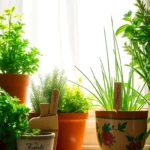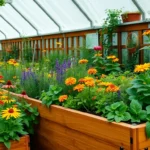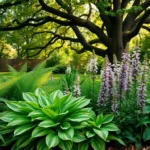Gardening is often celebrated for its sunlit blossoms and vibrant hues, but there is a quieter, equally rewarding side to explore: the art of cultivating shade-loving plants. For both novice and seasoned gardeners, understanding the beauty of shade gardening can unlock a world of lush, tranquil landscapes that captivate the senses and soothe the soul. The importance of embracing these often-overlooked areas cannot be overstated, as they offer unique opportunities to create serene retreats right in your backyard.
In this article, you’ll discover 11 brilliant shade-loving plants that thrive in low-light environments, each bringing its own charm and character to your garden. Whether you’re looking to transform a dim corner into a verdant oasis or simply seeking to add variety to your existing garden palette, these plants provide the perfect solution. As we delve into the specifics of each plant, you’ll gain practical insights into their care and maintenance, ensuring your shade garden not only survives but truly thrives. Prepare to be inspired by the lush textures and soothing greens that these exceptional plants offer, making your garden a welcoming haven for all who visit.
Understanding Shade Garden Basics

Creating a thriving shade garden starts with understanding the types of shade in your garden. Shade can range from full shade, where no direct sunlight reaches, to partial shade, which receives some direct sunlight during the day.
To ensure your plants thrive, select species that are specifically adapted to low-light conditions. Hostas, ferns, and astilbes are excellent choices, as they flourish in shady environments while adding texture and color.
Soil quality is crucial for a successful shade garden. It’s essential to use rich, well-draining soil amended with organic matter like compost to enhance fertility and moisture retention.
Watering practices must be adapted to the reduced evaporation rates in shaded areas. Generally, shade gardens require less frequent watering, but it’s important to ensure soil remains consistently moist, especially during dry spells.
For those with more experience, consider experimenting with layering plant heights to create depth and interest. Use taller plants like Japanese maples as focal points and mix in ground covers such as creeping Jenny to fill spaces and suppress weeds.
Hostas: The Shade Garden Staple

Hostas are renowned for their lush foliage and ability to thrive in shaded areas, making them a favorite for gardeners looking to brighten up dim corners of their gardens. They come in a wide range of sizes and leaf colors, from deep blues to vibrant greens, offering versatility and beauty.
When planting hostas, choose a location with partial to full shade to prevent leaf burn. It’s essential to plant them in well-draining soil rich in organic matter, as this will promote healthy growth and vibrant foliage.
Watering is crucial to keeping hostas happy, especially during dry spells. Aim to water deeply once a week, ensuring the soil remains consistently moist but not waterlogged.
For those looking to enhance their hosta care, consider adding a layer of mulch around the base to retain moisture and suppress weeds. Fertilize in early spring with a balanced, slow-release fertilizer to support their growth throughout the season.
Experienced gardeners may want to experiment with different hosta varieties to create a layered look in the garden. By mixing different leaf textures and sizes, you can add depth and interest to your shaded areas.
- Ensure the soil is enriched with compost or well-rotted manure before planting.
- Divide hostas every three to four years to maintain their vigor and prevent overcrowding.
- Check regularly for slugs and snails, as they are common pests that can damage hosta leaves.
Astilbes: Adding Colorful Plumes
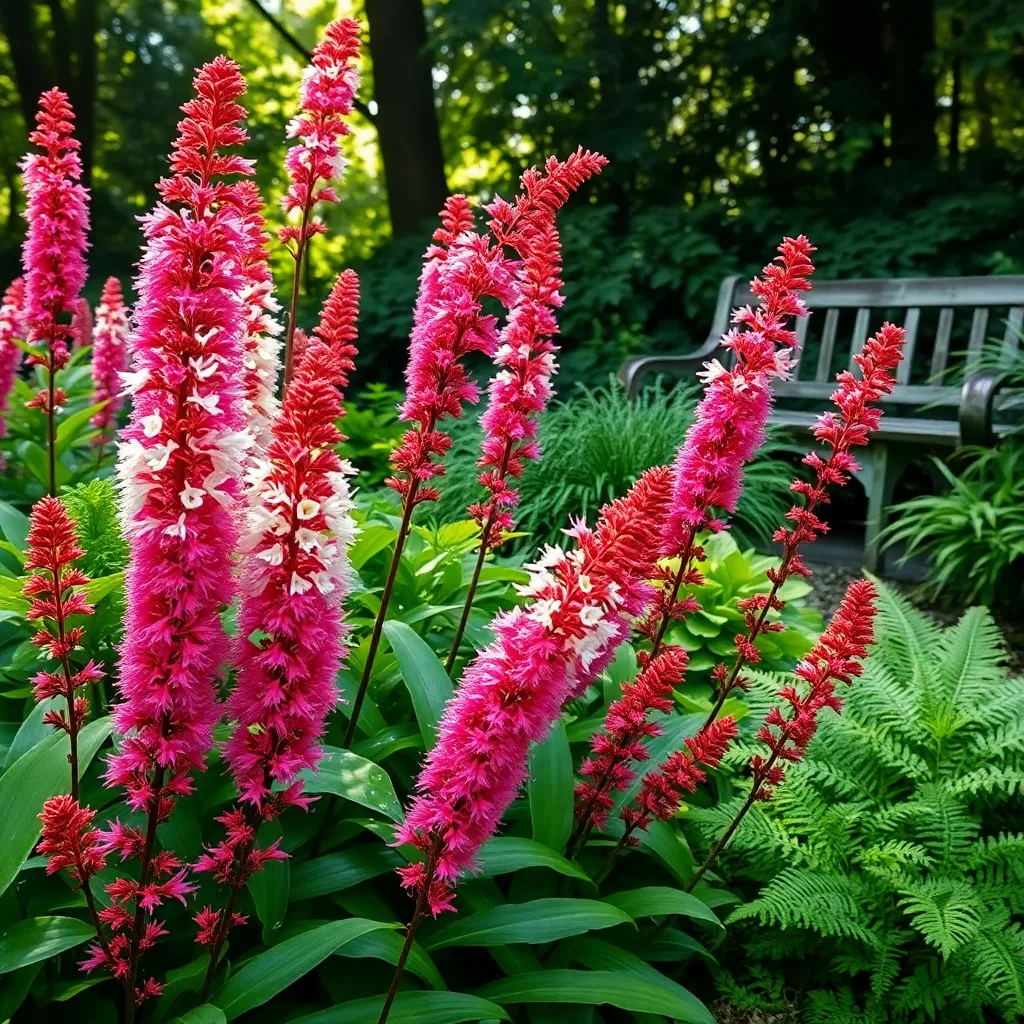
Astilbes are a fantastic choice for adding vibrant color and texture to shaded areas of your garden. These perennial plants are known for their feathery plumes that can bloom in shades of pink, red, purple, and white, creating a stunning visual impact.
To thrive, astilbes prefer moist, well-drained soil rich in organic matter. It’s essential to keep the soil consistently damp but not waterlogged, making them ideal for gardens with natural shade and humidity.
For optimal growth, plant astilbes in areas that receive partial to full shade, as too much direct sunlight can scorch their delicate leaves. When planting, space them about 18 to 24 inches apart to allow for adequate air circulation and to prevent mold and mildew.
Beginner gardeners will find astilbes relatively low-maintenance, needing just a bit of fertilizer to enhance their growth. For those with more experience, consider dividing mature clumps every three to four years in early spring to maintain their vigor and ensure continuous blooming.
Ferns: Texture and Elegance

Ferns offer an exquisite combination of texture and elegance to any shaded garden. Their lush, feathery fronds create a verdant tapestry that can transform even the darkest corners into lush, inviting spaces.
When planting ferns, choose a location with moist, well-drained soil rich in organic matter. Amending your garden bed with compost can improve soil quality, ensuring that these plants thrive.
Most ferns prefer a consistently humid environment, so regular watering is essential, particularly during dry spells. Using a layer of mulch around the base helps retain moisture and maintains the cool soil temperatures they favor.
For gardeners seeking a low-maintenance addition, ferns require minimal fertilization, usually thriving with just a spring application of a balanced, slow-release fertilizer. Advanced gardeners might experiment with different fern varieties, such as the delicate Maidenhair or the robust Ostrich fern, to add diverse textures and heights to their garden landscape.
Heucheras: Vibrant Foliage Options
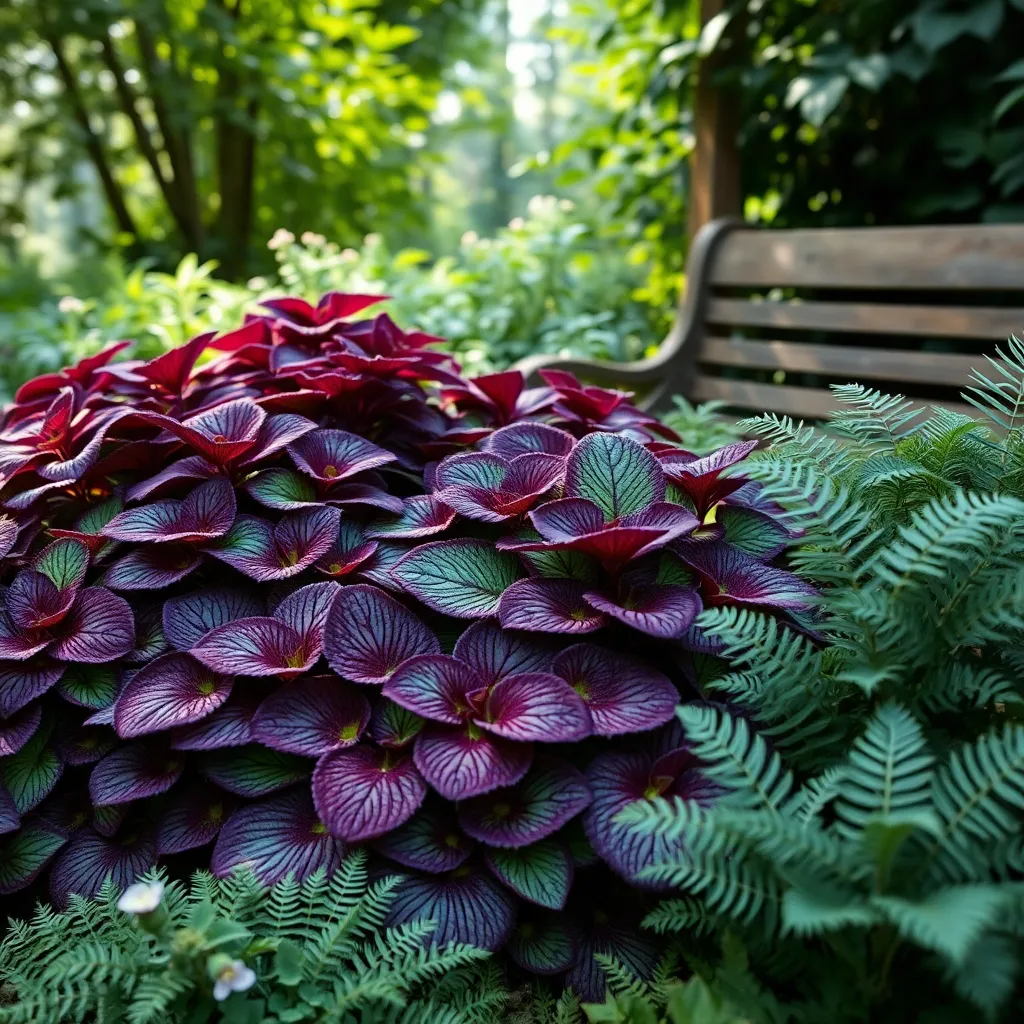
Heucheras, also known as coral bells, offer a stunning array of foliage colors that can brighten up any shaded garden area. These perennials are not just visually appealing but also relatively easy to care for, making them an excellent choice for both novice and seasoned gardeners.
When planting Heucheras, choose a location with partial to full shade, as too much sun can scorch their vibrant leaves. They thrive best in well-draining soil enriched with organic matter, which helps maintain the right moisture level without causing root rot.
Watering should be done consistently but not excessively, with the goal of keeping the soil slightly moist. Incorporating mulch around the base of the plants can help retain moisture and regulate soil temperature, promoting healthy growth.
For best results, consider dividing Heuchera clumps every three to four years to encourage vigorous growth and prevent overcrowding. Advanced gardeners might experiment with different Heuchera cultivars to create a tapestry of colors and textures in their shaded garden spaces.
Bleeding Hearts: Delicate Blooms
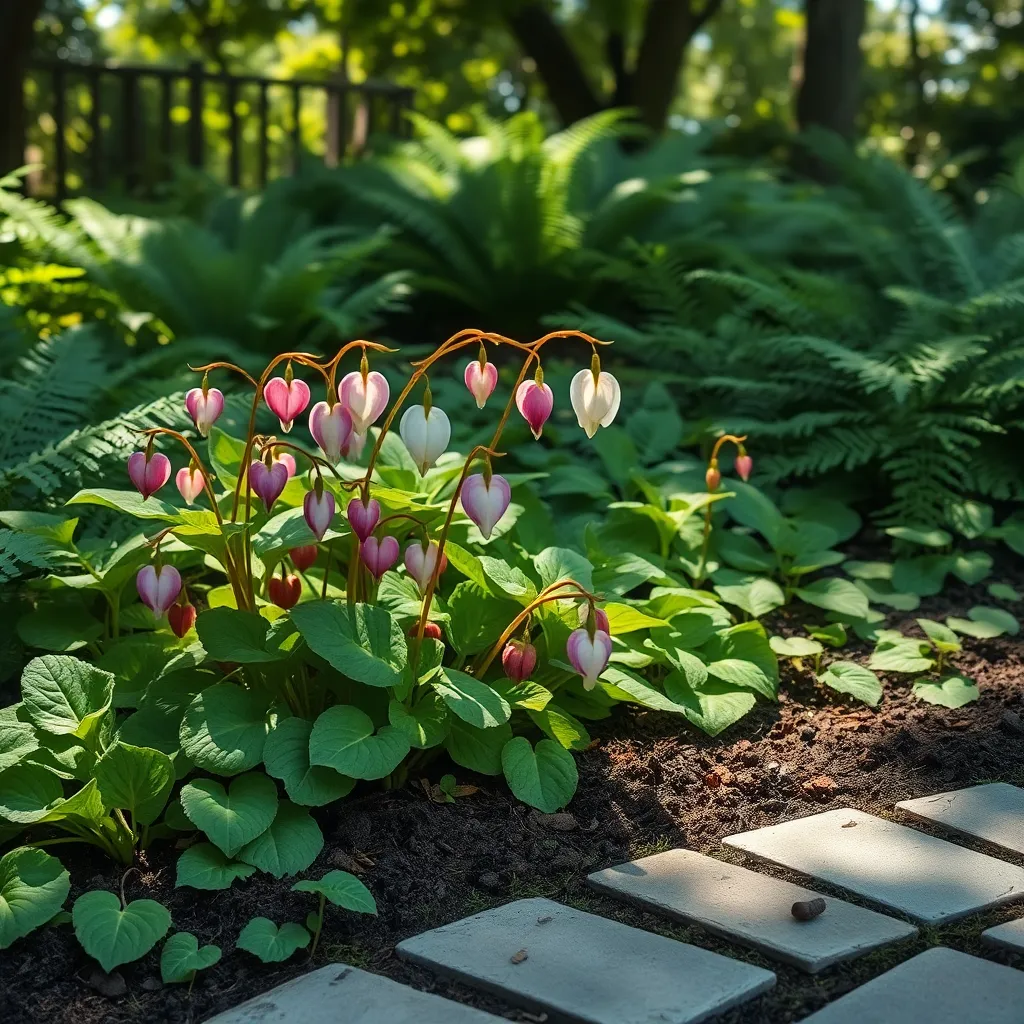
Bleeding hearts, with their distinctive, heart-shaped blooms, are a classic choice for shady gardens. These delicate beauties thrive in partial to full shade, making them perfect for spots where sunlight is scarce but your desire for color is not.
To cultivate bleeding hearts successfully, ensure they are planted in well-draining soil enriched with organic matter. Avoid waterlogged conditions, as these can lead to root rot, and maintain a consistent watering schedule to keep the soil moist but not soggy.
For optimal growth, fertilize bleeding hearts in early spring using a balanced fertilizer to support their blooming cycle. Prune back the foliage after it has died down in late summer to encourage healthy growth the following season.
Advanced gardeners might consider propagating bleeding hearts through division every few years. This not only controls plant size but also revitalizes the plant, ensuring abundant blooms in subsequent years.
Brunnera: Heart-Shaped Leaves

Brunnera, often known as Siberian Bugloss, is a charming addition to any shade garden with its heart-shaped leaves and delicate blue flowers. This perennial thrives in partial to full shade, making it ideal for areas where many plants struggle to grow.
To ensure Brunnera grows well, plant it in rich, well-draining soil that retains some moisture. Amending your soil with compost before planting can enhance its fertility and drainage, providing the best environment for these plants.
Regular watering is crucial, especially during dry spells, to keep the soil consistently moist but not waterlogged. Mulching around the base of the plants can help retain moisture and suppress weeds, creating a low-maintenance solution for busy gardeners.
For those looking to expand their gardening skills, consider dividing Brunnera every few years to maintain its vigor and promote healthy growth. This practice not only rejuvenates the plant but also allows you to propagate new plants for other parts of your garden or to share with friends.
Lungwort: Striking Speckled Leaves
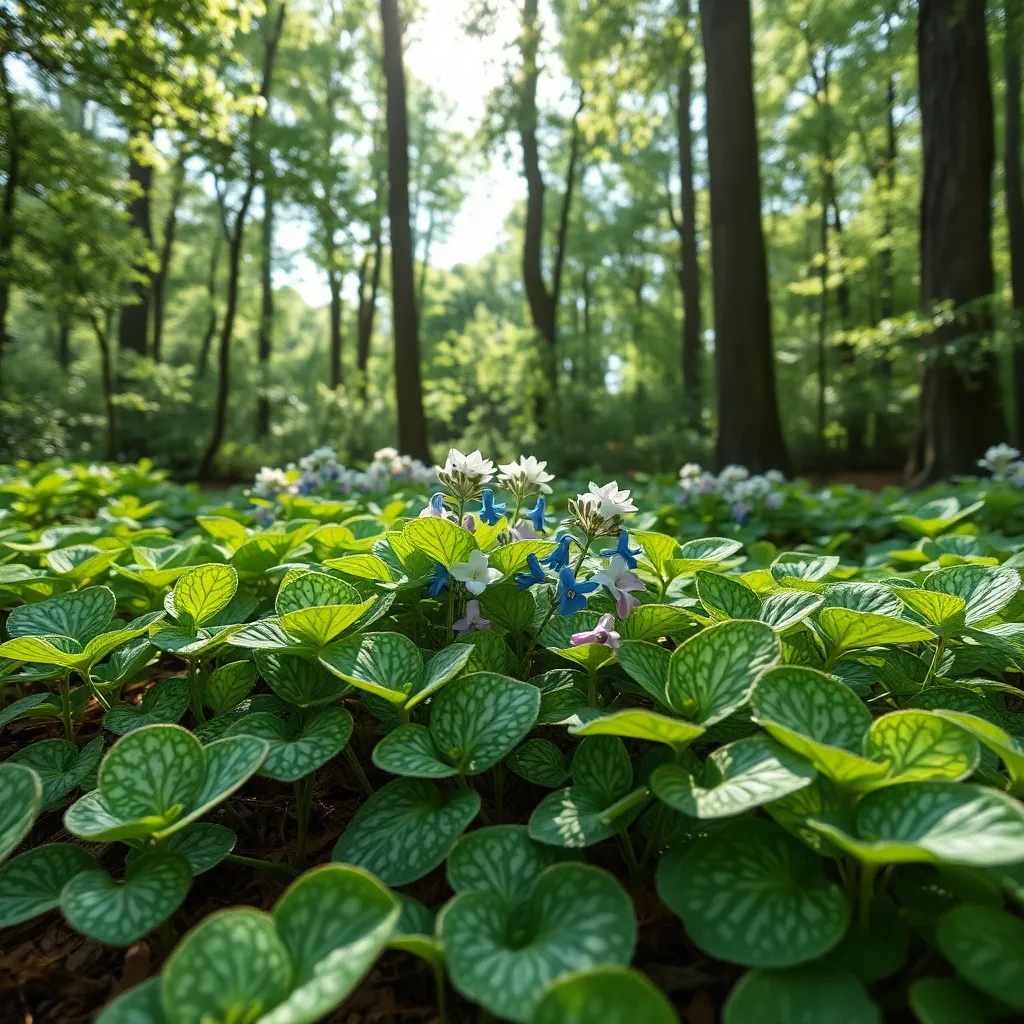
Lungwort, known for its striking speckled leaves, is a fantastic addition to any shade garden. This plant thrives in environments with partial to full shade, making it perfect for those tricky garden spots.
To grow lungwort successfully, ensure your soil is well-draining and rich in organic matter. Adding a layer of mulch will help retain moisture and keep the roots cool, which lungwort prefers.
Water lungwort regularly, especially during dry spells, but be cautious not to overwater as they dislike soggy roots. A deep watering once a week is generally sufficient, encouraging deep root growth.
For gardeners with more experience, consider dividing lungwort every few years to promote more vigorous growth. This not only revitalizes the plant but also gives you additional plants to spread throughout your garden.
Japanese Forest Grass: Graceful Accent
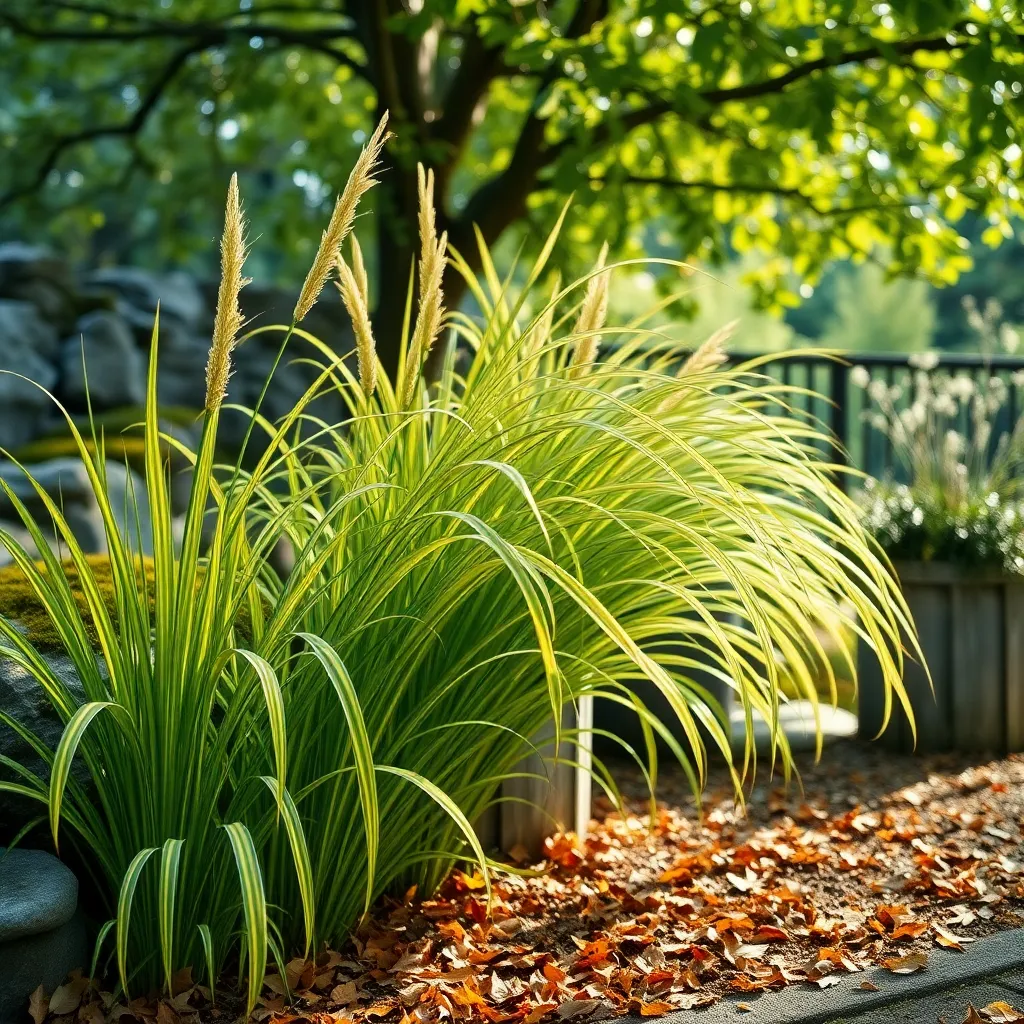
Japanese Forest Grass, or Hakonechloa, is a versatile plant that adds a touch of elegance to any shaded garden. Its arching, bright green leaves create a cascading effect, making it an excellent choice for adding texture and movement beneath trees or in shaded borders.
To thrive, this plant prefers rich, well-draining soil with consistent moisture, though it’s quite tolerant of dry spells once established. Watering deeply once a week will keep your Japanese Forest Grass lush and healthy, especially in the heat of summer.
Plant it in a location with partial to full shade to prevent leaf scorch and ensure vibrant foliage throughout the season. For optimal growth, apply a balanced, slow-release fertilizer in early spring to promote lush development and vibrant color.
Advanced gardeners can experiment with pairing Japanese Forest Grass with shade-loving perennials like hostas or ferns to create a dynamic and layered garden bed. Dividing the clumps every few years will help maintain vigor and allow you to propagate new plants for other areas of your garden.
Coral Bells: Versatile Ground Cover
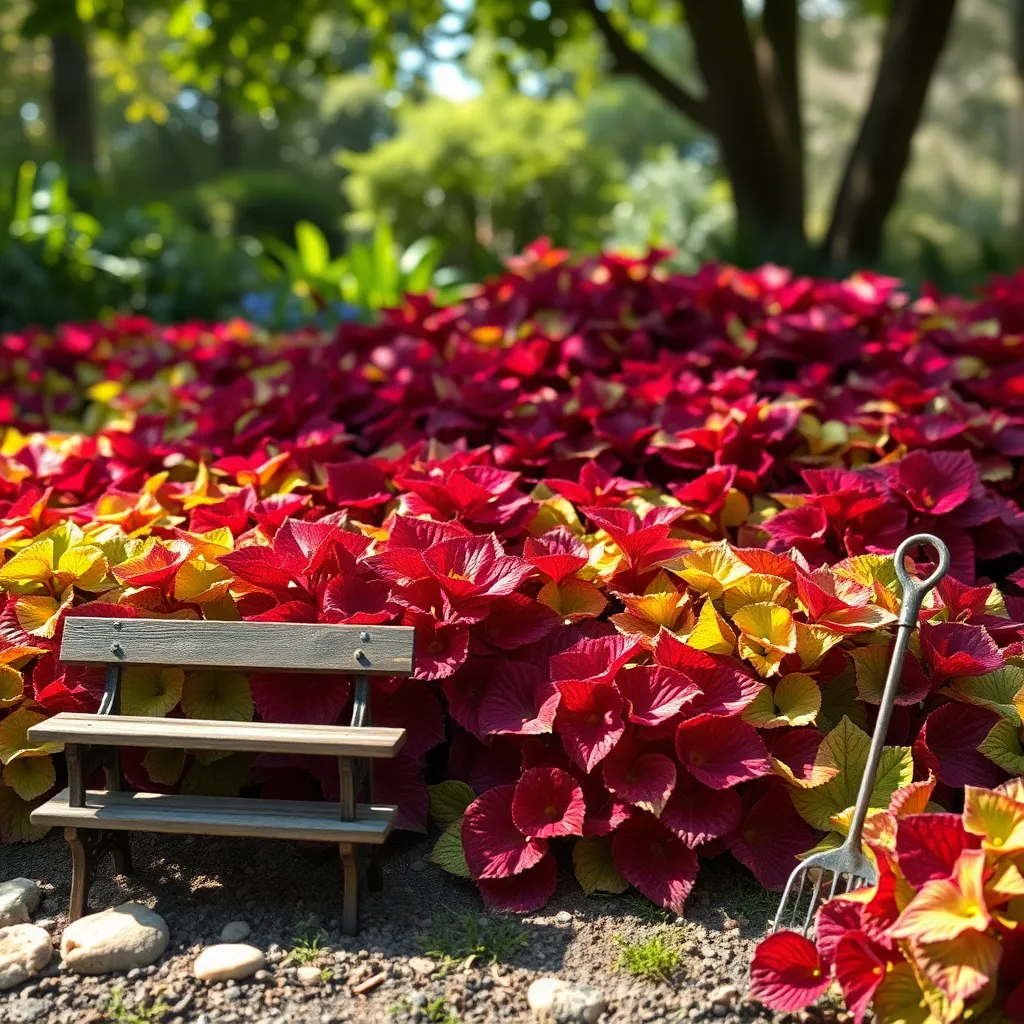
Coral Bells, also known as Heuchera, are a versatile addition to any shade garden, providing both aesthetic appeal and functional ground cover. These plants thrive in partial to full shade, making them perfect for areas where other plants may struggle.
To achieve the best results, plant Coral Bells in well-draining soil enriched with organic matter such as compost. They require consistent moisture, so it’s essential to water them regularly, especially during dry spells, but ensure the soil doesn’t become waterlogged.
Beginners will appreciate the minimal care these plants require, but experienced gardeners can explore a variety of cultivars with diverse leaf colors and textures. For more vibrant foliage, consider applying a balanced, slow-release fertilizer in spring to support healthy growth.
It’s beneficial to mulch around Coral Bells to retain moisture and suppress weeds, making maintenance even easier. Additionally, dividing the plants every 3-4 years in early spring can help rejuvenate them and promote vigorous new growth.
Maintenance Tips for Shade Gardens

Creating a thriving shade garden requires understanding the unique needs of shade-loving plants. Begin by ensuring your soil is well-draining and enriched with organic matter, such as compost, to provide nutrients and support healthy root systems.
Watering is crucial in a shade garden, but be careful not to overwater. Most shade plants prefer consistently moist soil, so aim to water deeply once or twice a week, allowing the top inch of soil to dry out between waterings.
Mulching can make a significant difference in the success of your shade garden. Apply a 2- to 3-inch layer of organic mulch, like shredded bark or leaf mold, to help retain moisture and suppress weeds, which can compete with your plants for nutrients.
Occasionally, your shade garden may benefit from a gentle feeding. Use a balanced, slow-release fertilizer in early spring to give your plants a boost, but avoid over-fertilizing, as this can lead to excessive foliage growth at the expense of flowers.
Pruning is another essential task for maintaining a healthy shade garden. Remove dead or damaged leaves and stems regularly to encourage airflow and prevent disease, especially in densely planted areas.
For those with more experience, consider experimenting with plant layering to add depth and texture. Plant taller specimens towards the back or center of your garden with shorter ground covers at the edges to create a lush, tiered effect that maximizes your space.
Conclusion: Growing Success with These Plants
In exploring the lush world of shade-loving garden plants, we’ve unearthed 11 relationship concepts that thrive in the shadows, offering beauty and resilience. From the steadfast loyalty of hostas to the nurturing communication of ferns, each plant symbolizes a vital aspect of strong relationships: trust, patience, balance, growth, adaptability, support, listening, understanding, compromise, appreciation, and resilience. These elements are the roots that sustain love and friendship, even when the sun isn’t shining brightly.
Your actionable step today is to choose one of these concepts to nurture in your relationship. Perhaps it’s appreciating your partner’s efforts more openly or embracing adaptability during life’s unexpected changes. Small, intentional actions can transform your relationship garden into a flourishing paradise.
Don’t let this wisdom slip away. Bookmark this article now, ensuring these insights remain at your fingertips whenever you need a guiding light. As you cultivate these qualities, envision a future where your relationships not only survive but thrive, rich in connection and mutual growth. Remember, every step taken today plants the seeds for tomorrow’s success. Let’s grow together, one shade-loving plant at a time.

